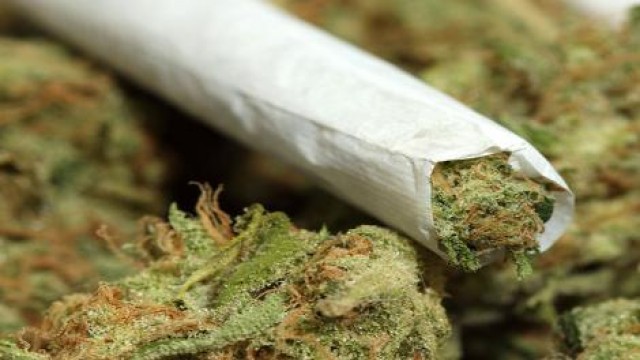Sri Lanka: Illegal drug trade on the rise due to political patronage
COLOMBO, 4 October 2012 – Law enforcement officials in Sri Lanka have  documented an increase in illegal drug seizures since the end of a decades-long civil war in 2009, with activists pointing to lax law enforcement and political patronage as factors contributing to the apparently growing drugs trade.
documented an increase in illegal drug seizures since the end of a decades-long civil war in 2009, with activists pointing to lax law enforcement and political patronage as factors contributing to the apparently growing drugs trade.
Heroin and cannabis were the most common drugs seized nationwide, according to the government’s National Dangerous Drugs Control Board (NDDCB).
Some 19,000 suspects were arrested by the end of June 2012, in line with 2011 year-end arrest totals of 40,000, according to police superintendent Ajith Rohana.
Arrests have steadily climbed, based on police data, since the government declared victory in May 2009 over separatist rebels in the north who had fought for independence for decades. That year, the police arrested 19,000 on drug charges; the following year, drug arrests jumped to almost 30,000.
Drug seizures are only one indicator to assess the level of illicit drug trafficking, according to Sri Lanka’s anti-narcotic association.
Illegal drugs were already circulating during the conflict waged by the Liberation Tigers of Tamil Eelam (LTTE) against the government, according to Rohan Gunaratna, an analyst with the International Centre for Political Violence and Terrorism Research at Nanyang Technological University in Singapore.
“To transact and move heroin from India to Sri Lanka, LTTE’s most secretive structure – the intelligence wing – built a dedicated unit with cells in Tamil Nadu [state in southern India], Vanni [northern Sri Lanka] and [the capital] Colombo. Known as `brown sugar’, the heroin business was clandestine even to other members of the intelligence wing, including the leaders,” said Gunaratna.
The country is a now a transit point for drugs coming mostly from Pakistan, Afghanistan and India headed to Europe and beyond, according to NDDCB.
Illicit drugs with an estimated street value of nearly US$7.7 million have been seized from foreign drug dealers – mostly from Pakistan and India – during the first half of 2012, according to the control board.
Community impact
Malani*, 59, from the city of Galle, 220km south of Colombo, told IRIN her only son died of a heroin overdose early this year.
“He was addicted to heroin in early 2010 and… was 16 at the time of his death. His loss destroyed my family. My husband is now a mental health patient due to the son’s death,” she said.
Malini said while many adults in the community are affected by addiction, they are unwilling to publicly comment due to the stigma of being labelled an addict.
Rajini*,34, whose husband is addicted to heroin, said he has forced her into prostitution to fund his addiction. “It’s directly affecting my life and has made my life a living hell, clearly.”
Aravinda Sooriyabandara, 46, a community activist from Colombo, said while Sri Lanka has drug laws, political patronage hinders their enforcement – something a senior police officer in Colombo denied.
“There may be isolated incidents of lack of enforcement, but Sri Lankan police and authorities are effective in cracking down on illegal drugs. This is shown with increased arrests recently,” he told IRIN, on condition of anonymity.
Possession of heroin, morphine or opium in large quantities is punishable by death, according to the Poisons, Opium and Dangerous Drugs Ordinance that dates back to the mid-1980s.
Treatment centres
According to NDDCB, the government and NGOs provide residential care treatment (including compulsory treatment since 2007) and rehabilitation services for drug abusers in Sri Lanka. NDDCB operates four residential treatment centres and outreach programmes in the cities of Colombo, Kandy, Galle and Urapola, which offer counselling, detoxification and psychotherapy, while the prison system has programmes for prisoners who abuse drugs.
Based on the government’s most recent treatment data, the reported number of persons treated for drug use island-wide was almost 3,000 in 2009. Most came through government-run centres (2,387), followed by prisons (522) and 65 came through NGOs.
Sooriyabandara said lack of resources and personnel have rendered such treatment efforts ineffective.
According to the UN Office on Drugs and Crime 2012 World Drug Report,slight increases in heroin seizures (based on 2010 data) reported throughout East and Southeast Asia, most notably in Indonesia, Laos, Malaysia, Singapore and Sri Lanka, may point to an increase in heroin markets in those regions.
*not a real name
